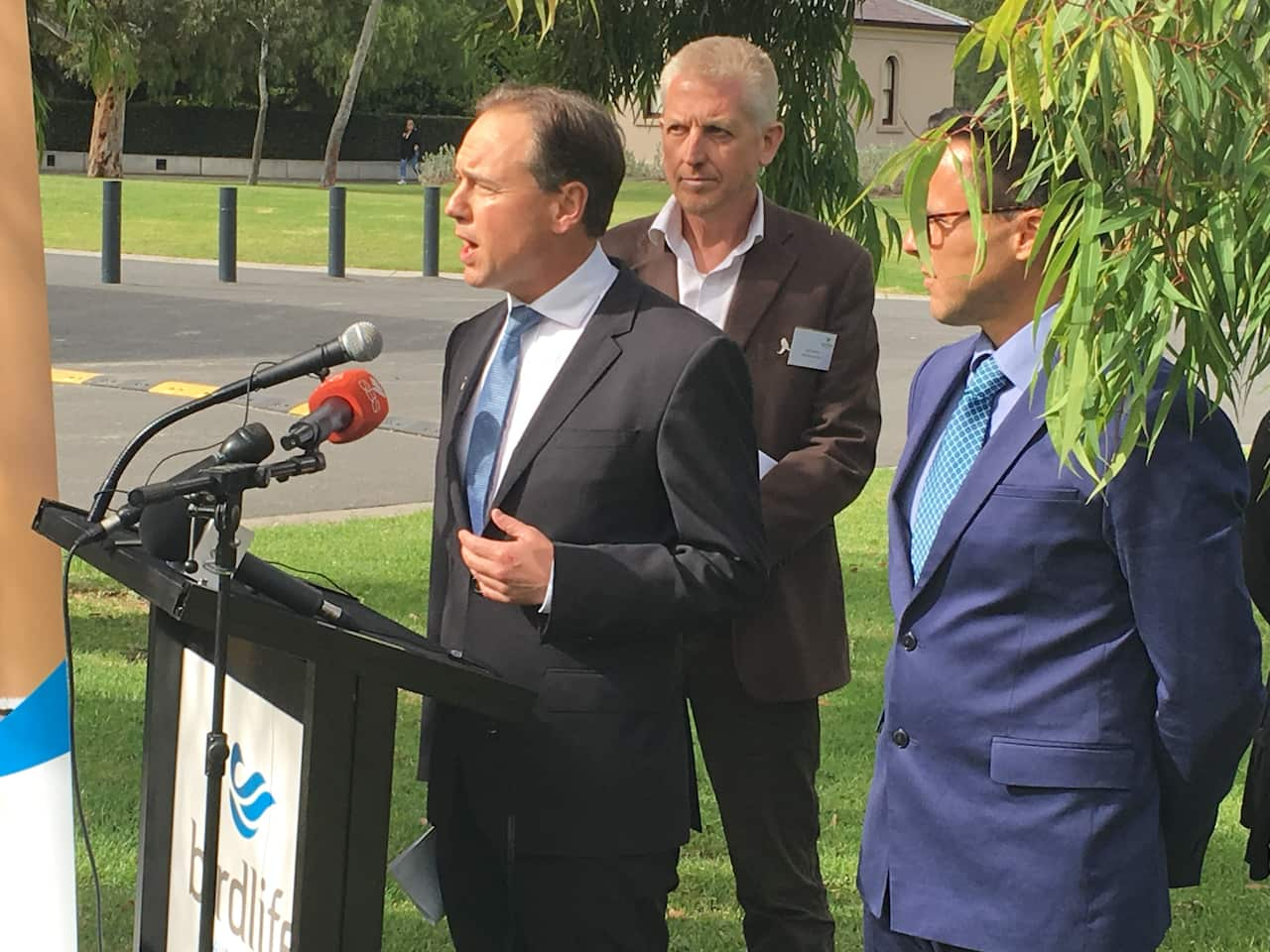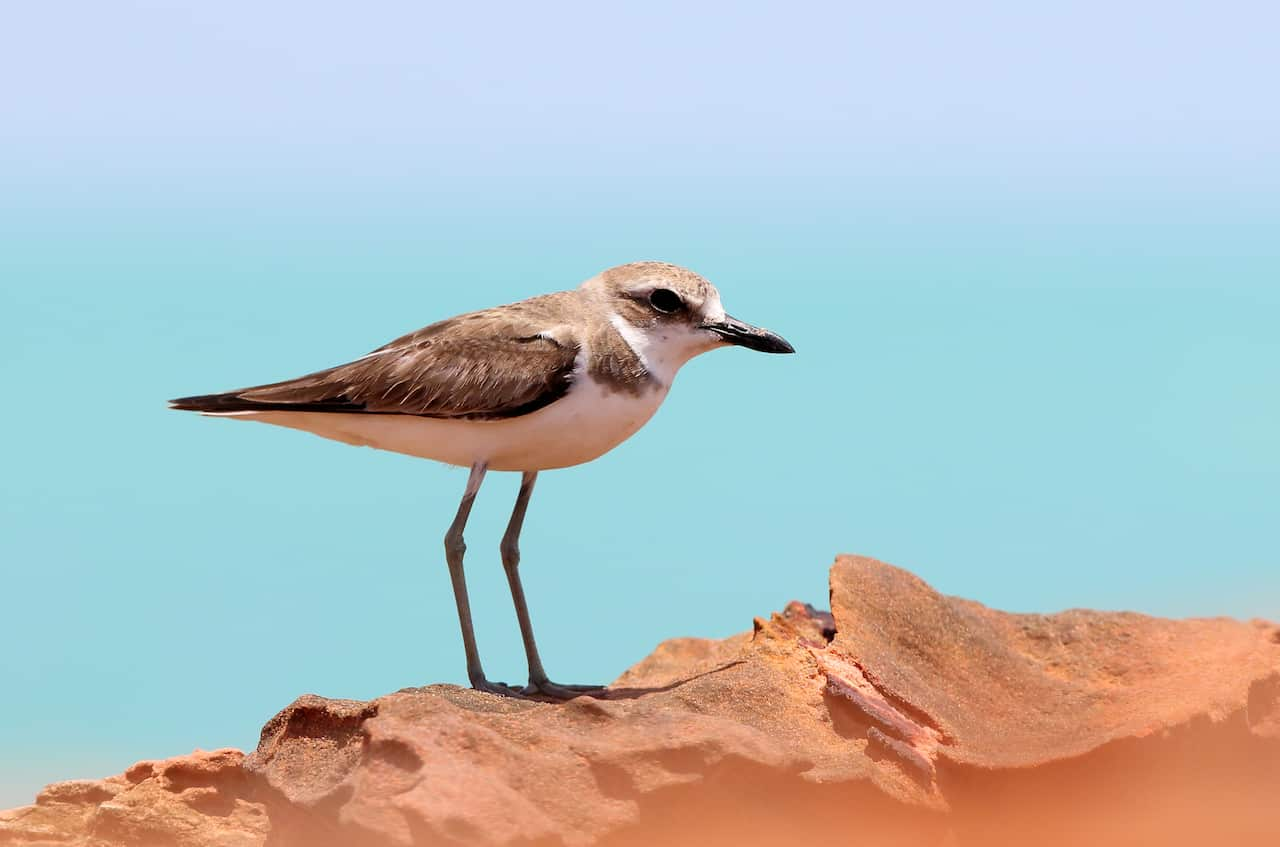Scientists are staggered at the threat faced by 17 species of Australia’s migratory shore birds.
Dr Richard Fuller, from the University of Queensland, was among a handful of scientists from across the globe to attend the conference in Melbourne on Friday, which explored solutions to the complex issue.
Mr Fuller said he was moved to tears by the decline.
“When we conducted the analysis on these birds, and I saw how quickly they were declining it literally moved me to tears,” he said.
The critically endangered eastern curlew, which flies around 12,000km annually, offers a snap-shot of the problem.
After nesting in the northern Russian region of Siberia, the bird flies south through the Philippines and Papua New Guinea, before spending summer resting and feeding in Australia. It then begins the return flight, passing through the Yellow Sea region - and it's there that scientists believe the species is encountering the serious threat - mostly through the development of sensitive wetlands which the birds use as a way point.
It then begins the return flight, passing through the Yellow Sea region - and it's there that scientists believe the species is encountering the serious threat - mostly through the development of sensitive wetlands which the birds use as a way point.

Minister for the Environment Greg Hunt spoke at the event (SBS) Source: SBS
“Habitat is being lost very quickly in China and Korea in particular and the big challenge is to turn around that particular issue,” Dr Fuller said.
"The birds need to have a safe place to land and rest during migration and there's no other way around it we must work together we must negotiate internationally."
Australia’s input is seen as pivotal in finding a solution to the decline.
South Korea based scientist, Dr Judit Szabo, heads the East Asian–Australasian Flyway Partnership.
She said even at the most basic level, Australia is leading the way. “It's unheard of in other countries, that all these people would work for free and sacrifice their time and their expertise, and go out and count shore birds and submit this data,” Dr Szabo said.
“It's unheard of in other countries, that all these people would work for free and sacrifice their time and their expertise, and go out and count shore birds and submit this data,” Dr Szabo said.

The great sand plover (photo by Andrew Silcocks) Source: Andrew Silcocks
The objective of the Melbourne summit was to find solutions, and Environment Minister Greg Hunt said the Wildlife Conservation Plan for Migratory Shorebirds, which was released at the summit, was a significant step in the right direction.
“Ensuring that the most fundamental challenge and the most fundamental threat is met with the most fundamental of responses,” Mr Hunt said.
Recommended reading

Canine care offers a lifeline for dementia patients
Share

